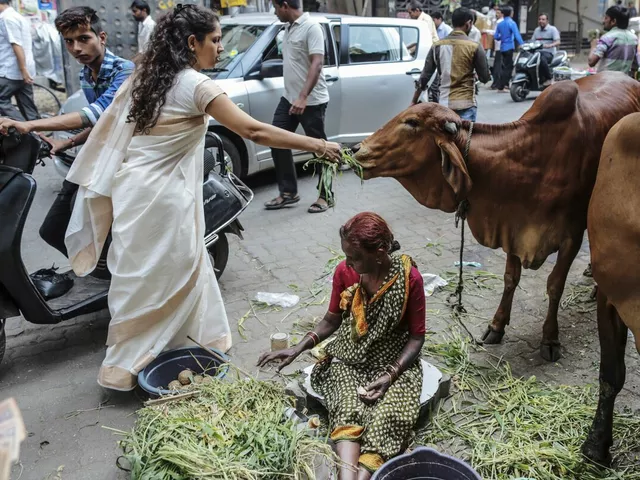When did India's population grew rapidly?
Introduction
India is one of the most populous countries in the world, with a population of more than 1.3 billion people. Over the past century, India's population has grown rapidly, but the growth has been unevenly distributed across its diverse regions. In this article, we'll explore the history of India's population growth and examine the factors that have contributed to its rapid expansion.A Historical Overview of India's Population Growth
India's population growth has been accelerating since the beginning of the 20th century. Between 1901 and 2011, India's population more than quadrupled from 238 million to 1.2 billion. This growth has been largely driven by a combination of factors, including improved health care, increased agricultural productivity, and better access to education. The period between 1951 and 1961, known as India's “population boom,” saw the most rapid growth in the country's history. During this period, India's population grew by an average rate of 2.2% per year, an increase of nearly 20 million people. This growth was largely driven by a combination of factors, including improved health care, increased agricultural productivity, and better access to education.Factors Contributing to India's Population Boom
There are several factors that have contributed to India's rapid population growth. First, health care in India has improved significantly in the past century. This has allowed more people to survive childhood illnesses and reach adulthood. As a result, the average life expectancy in India has increased from 32 years in 1950 to 68 years in 2019. Second, agricultural productivity has improved significantly since India's independence in 1947. This has led to an increase in food production and a decrease in the prevalence of famine. Third, access to education has improved significantly in India over the past few decades. This has allowed more people to gain the skills they need to find employment and contribute to the economy. Finally, India has seen a steady decline in mortality rates. This has allowed more people to survive and reproduce, contributing to the country's overall population growth.Conclusion
India's population has grown rapidly over the past century, but the growth has been unevenly distributed across its diverse regions. Improved health care, increased agricultural productivity, and better access to education have all contributed to India's population boom. Going forward, it is important for India to continue to focus on improving its health care, agricultural productivity, and education systems in order to ensure sustainable population growth.India, one of the most populous countries in the world, has seen a rapid growth in its population in recent years. This growth has been driven by a number of factors, including increased life expectancy, improved health care, and better nutrition. In addition, economic development, urbanization, and improved educational opportunities have all contributed to the growth of India’s population.
One of the major factors behind India’s population growth is improved life expectancy. Life expectancy in India has increased from just 45 years in 1950 to close to 70 years today. This means that more people are living longer, healthier lives and are able to contribute to the population growth.
Improved health care has also played a role in India’s population growth. With better access to medical care, more people are able to survive illnesses and health conditions that would have killed them in earlier decades. This has resulted in a rise in the number of people living in India.
Urbanization has also been a major factor behind India’s population growth. As more people move to cities in search of employment opportunities and better living conditions, the population in India’s urban areas has grown significantly. This has resulted in a higher population density, which has further contributed to the growth in population.
Finally, improved educational opportunities have also encouraged people to have larger families. With better access to education, more people have the means to provide for their families and are more likely to have more children. This has also contributed to the growth of India’s population.
In summary, India’s population has grown rapidly in recent years due to improved life expectancy, better health care, urbanization, and improved educational opportunities. All of these factors have combined to create an environment where more people are living longer, healthier lives and are able to contribute to the population growth.





